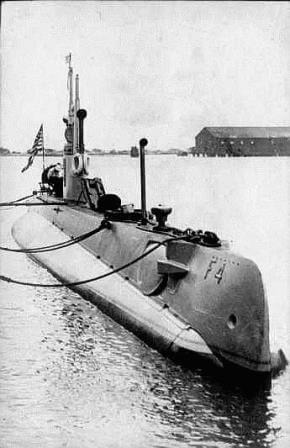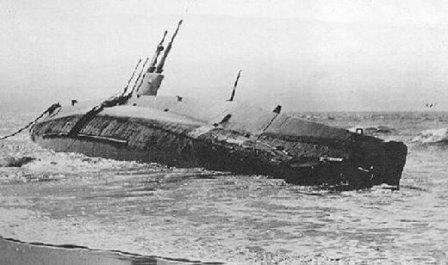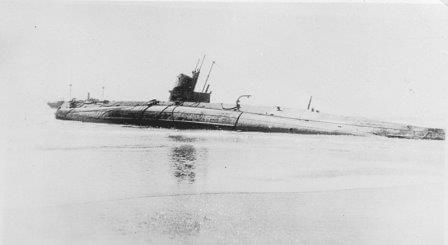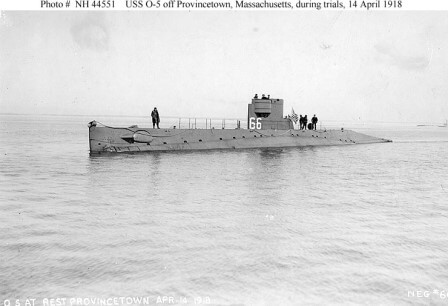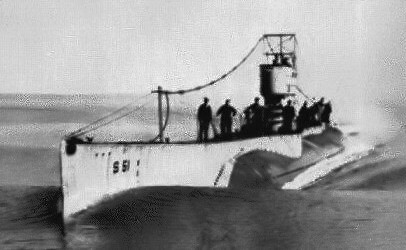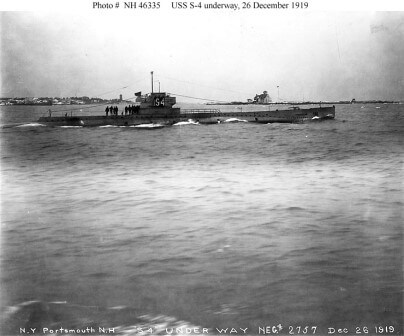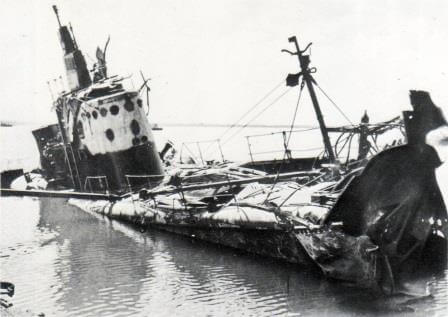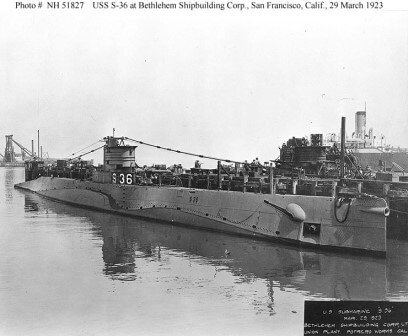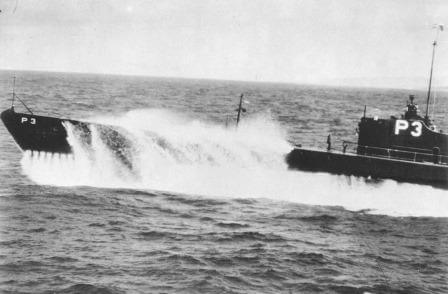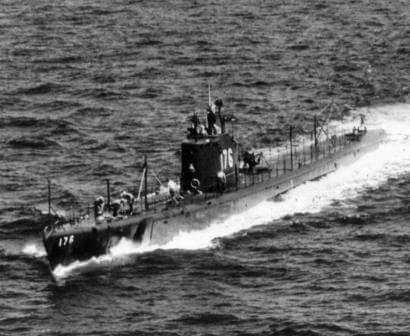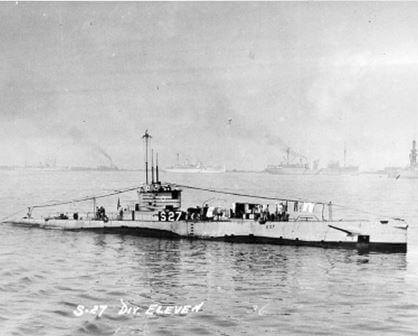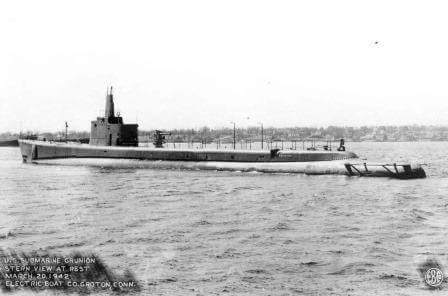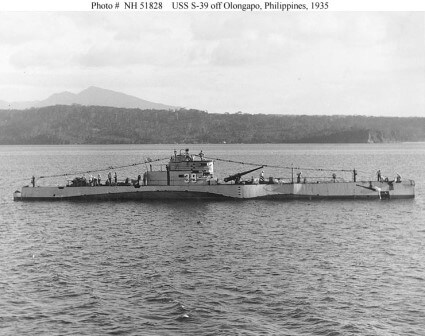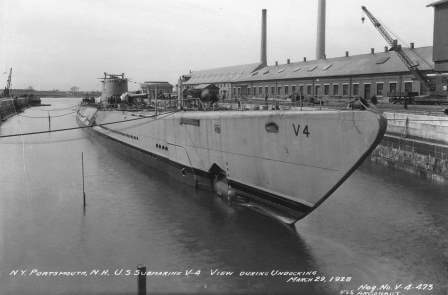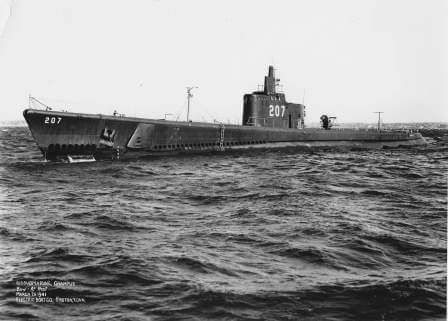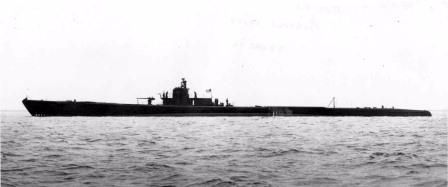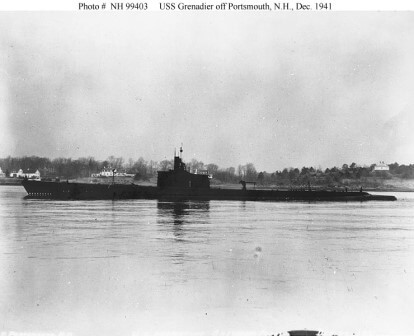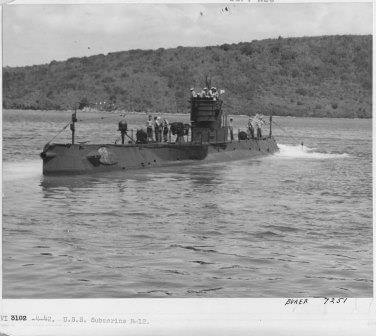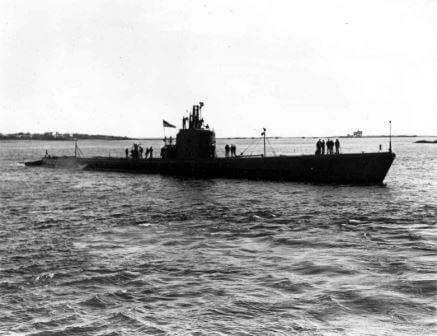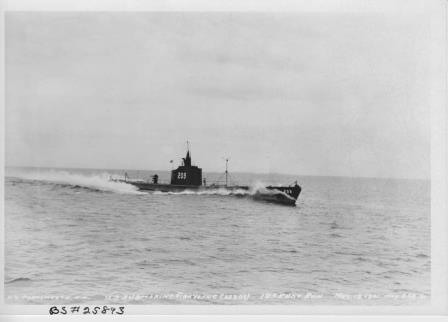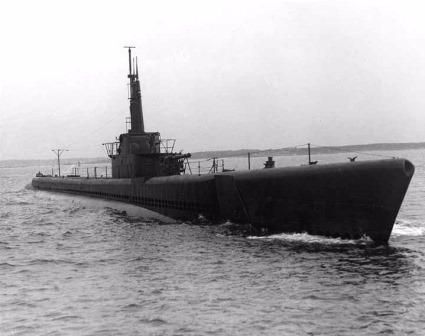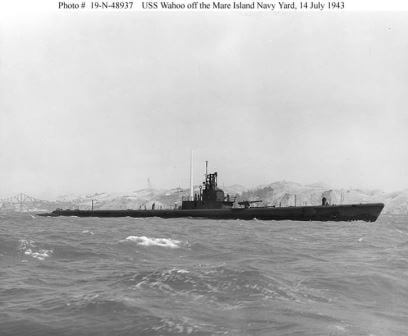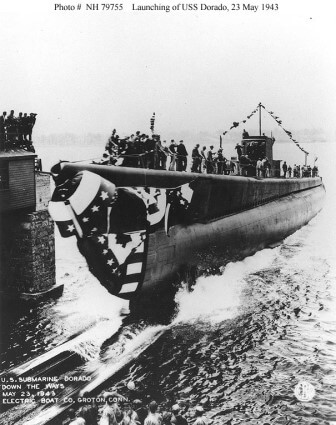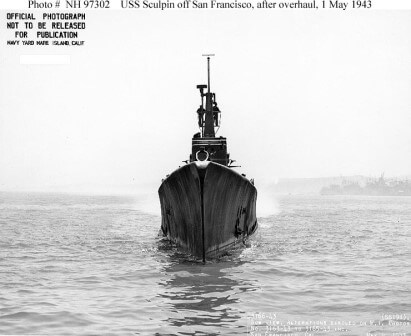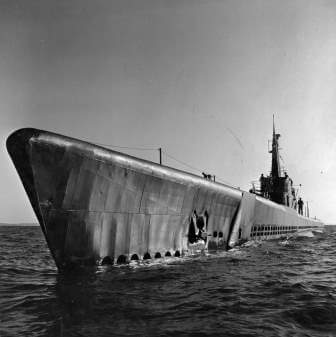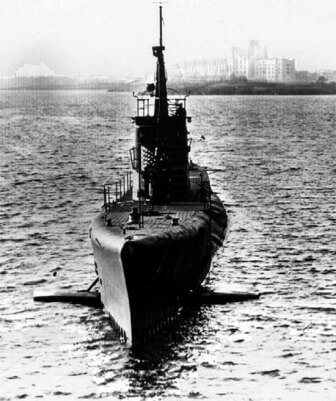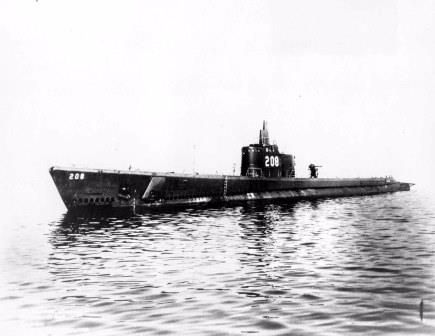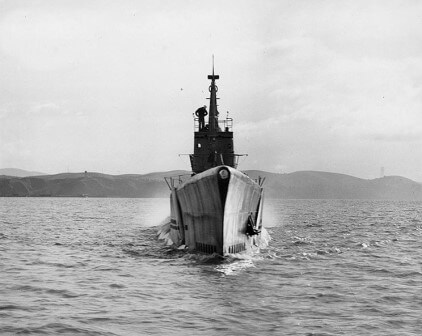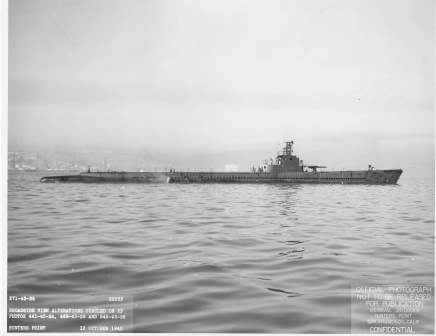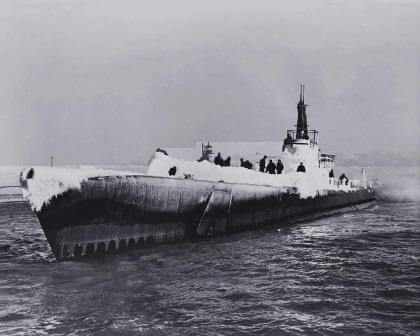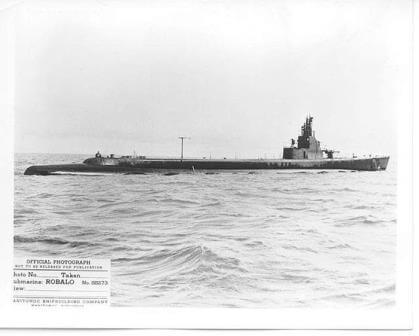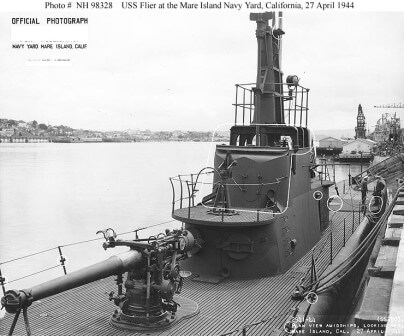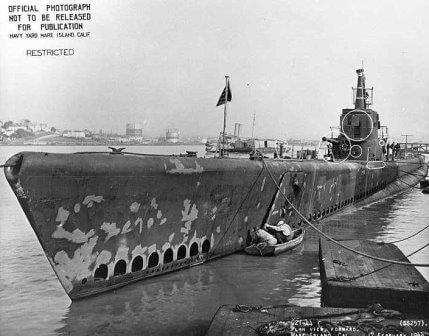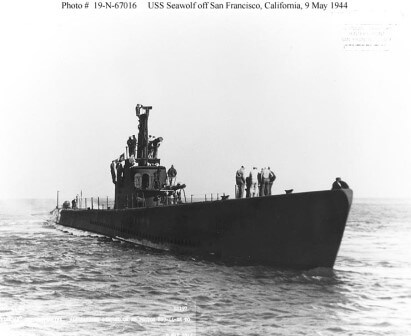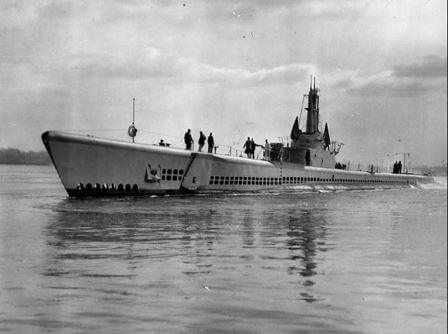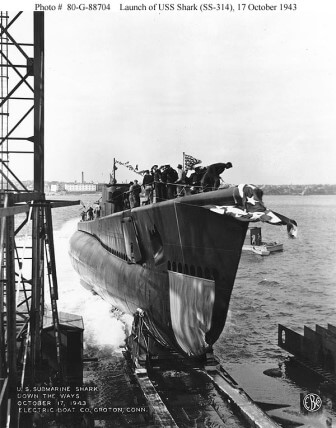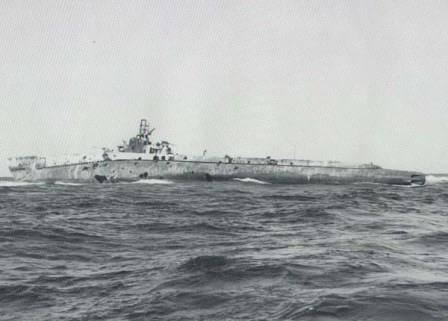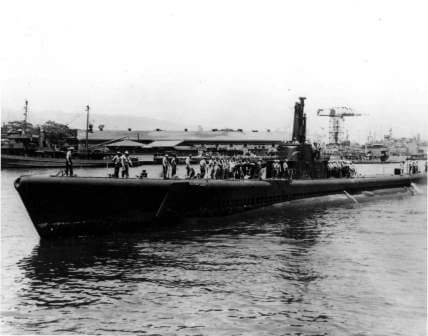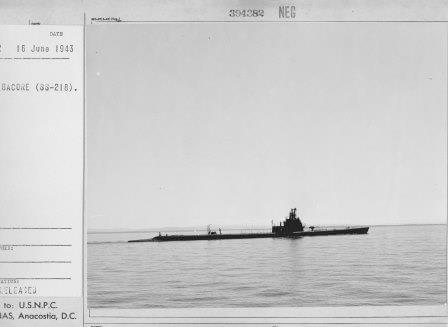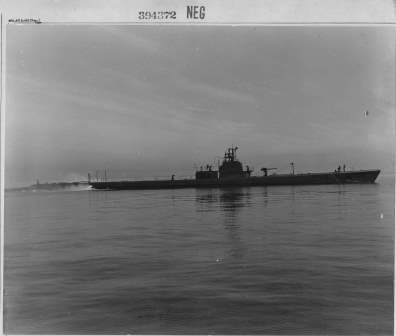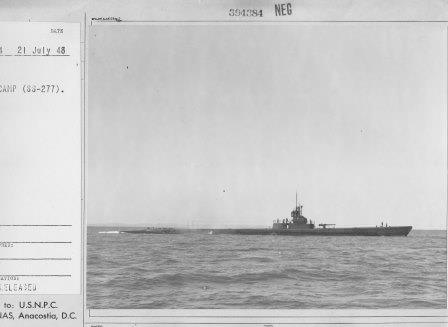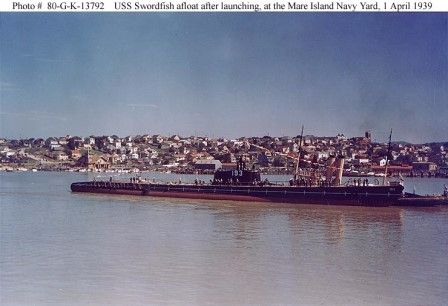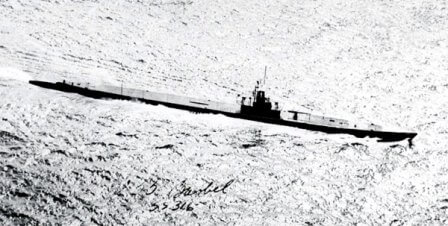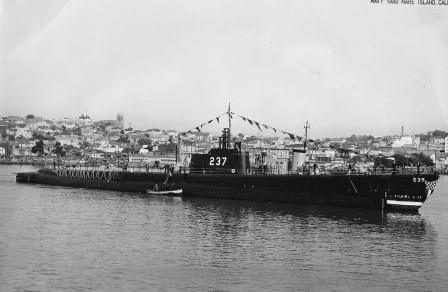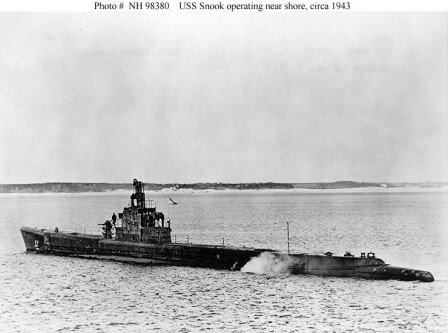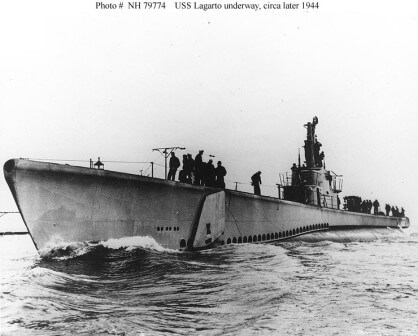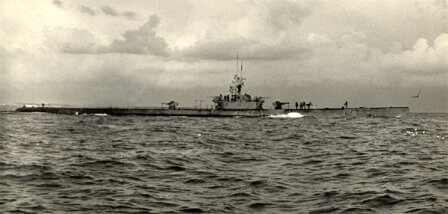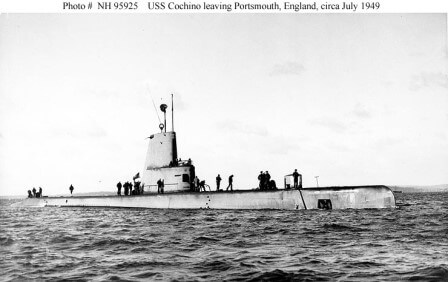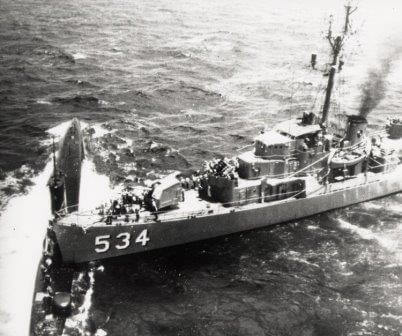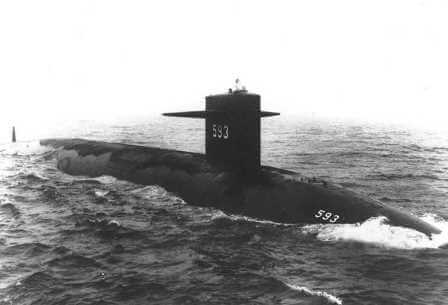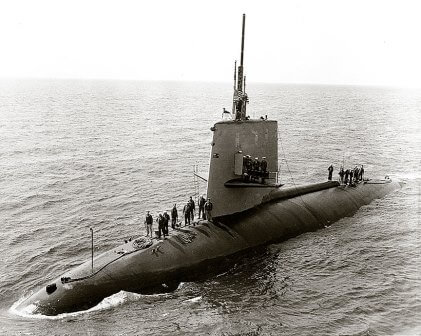Dec. 2, 1943
USS Capelin
(SS‑289)
76 men lost
Japanese records studied after the war listed an attack on a supposed United States submarine
on 23 November, off Kaoe Bay, Halmahera. Evidence of an actual contact was slight, and the
Japanese state that this attack was broken off. Enemy minefields are now known to have been
placed in various positions along the north coast of Sulawesi (Celebes) in Capelin's area,
and she may have been lost because of a mine explosion. Gone without a trace, with all her
crew, Capelin remains in the list of ships lost without a known cause.
Greenleaf, D. T., CMoMM, Rhimann, R. C., LT(jg), and Smith, D. T., MoMM2 are often listed
on "Lost Submariners" memorials, and/or included in the figures that are given for
the lost boats. It is highly doubtful that these three men were on the boat's final patrol.
"Greenleaf, D. T." and "Smith, D. T." never appear in Capelin's muster
rolls (two other Smiths do, and are accounted for in our listings), and Rhimann has not been
found in any record. The original source of these three names is U.S. Submarine Losses -
World War II. Greenleaf, Rhimann, and D.T. Smith appear in the 1946 edition, were removed
in the 1949 edition, and Rhimann and D. T. Smith were re-entered in the 1963 edition. None
of these men are listed as lost in NARA, Navy Casualty, DPMO, ABMC, or the SubVets of WWII
documentation. It is believed that Greenleaf, Rhimann and D. T. Smith were not aboard the
vessel when she was lost, if ever.


